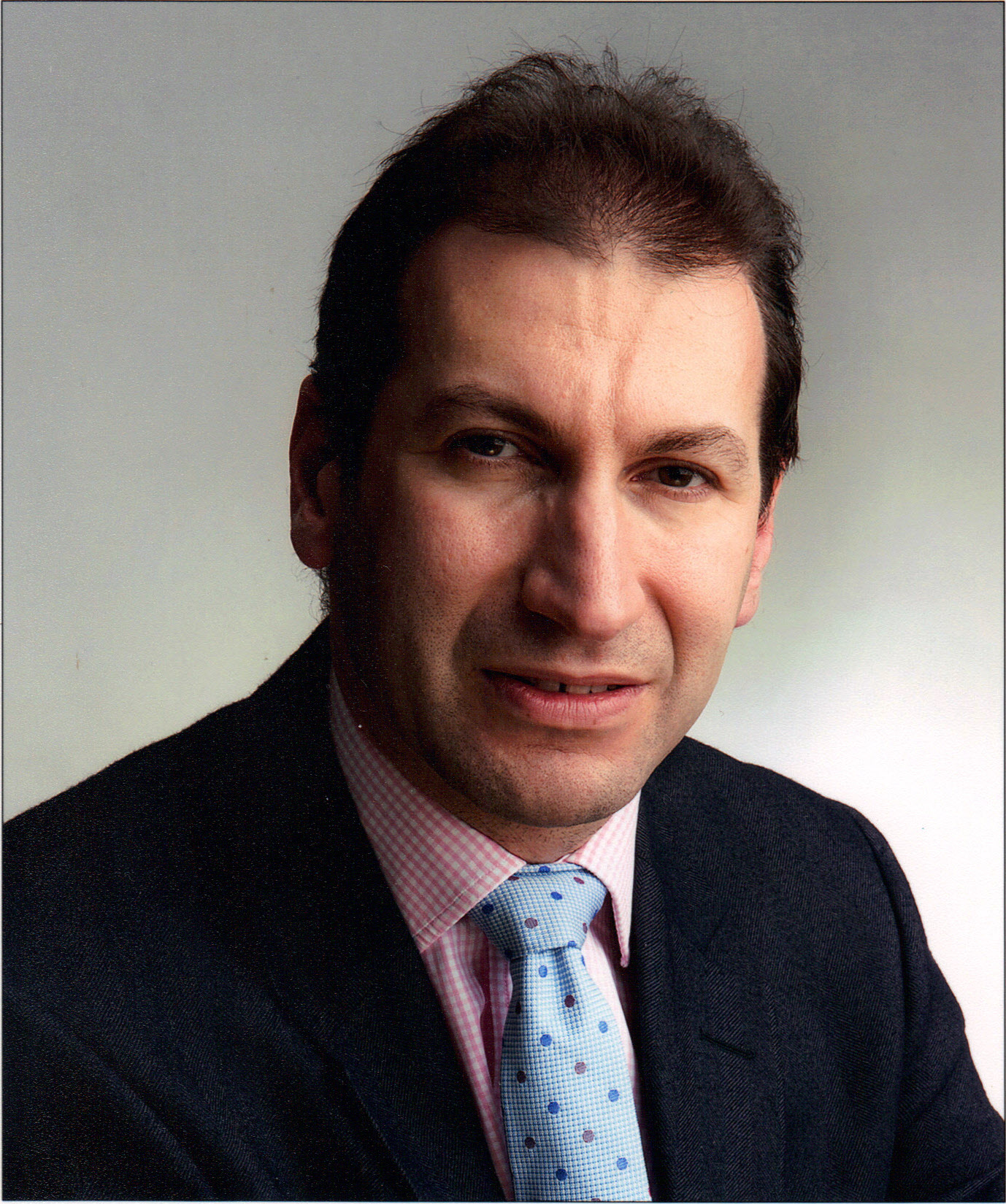The bowel and the lymph nodes
The bowel is part of our digestive system and is made up of the small bowel and the large bowel. If bowel cancer spreads, it is most likely to spread to nearby lymph nodes.
The bowel
The bowel is part of the digestive system. It is divided into 2 parts:
- the small bowel
- the large bowel, which is made up of the colon, rectum and anus.
Parts of the bowel
When you swallow food, it passes down the gullet (oesophagus) to the stomach. This is where digestion begins.
Food leaving the stomach then enters the small bowel. The small bowel absorbs nutrients and minerals from food.
The food then moves into the colon. The colon absorbs water. It also contains bacteria which breaks down the food into waste matter (poo). The colon moves the waste into the back passage (rectum).
The nerves and muscles in the rectum help to hold on to the waste matter. They do this until you are ready to pass the waste matter through the opening at the end of the large bowel. The opening is called the anus. The anus contains a ring of muscle called the sphincter. This helps to control when you empty your bowels (poo).
Related pages
The colon
The colon is divided into 4 parts.
- Ascending colon
The first part of the colon joins the small bowel. It goes up (ascends) the right side of your tummy (abdomen). - Transverse colon
The second part goes across the abdomen from your right to left side. - Descending colon
The third part goes down (descends) the left side of your abdomen. - Sigmoid colon
The final part of the colon is an S-shaped bend that joins the rectum.
Parts of the colon
The lining of the colon
The lining of the colon is made up of different layers of tissue:
- The inner layer is made up of 2 layers called the mucosa (inner lining) and the submucosa. The mucosa is made up of cells called epithelial cells. The submucosa contains glands, blood vessels, lymph vessels and nerves.
- The middle is a thick layer of muscle.
- The outer layer is called the serosa.
Most colon cancers develop from small growths called polyps. These start in the mucosa.
The rectum
The rectum links the colon to the anus. It is about 15cm (6 inches) long.
To help describe where a cancer is, doctors divide the rectum into 3 parts:
- the upper third
- the middle third
- the lower third.
The upper third is the part directly after the sigmoid colon. The lower third is where the large bowel joins the anus. The middle third is in between.
The lining of the rectum is made up of layers of tissue. Most rectal cancers start in the inner lining and develop from small growths called polyps.
What is the lymphatic system?
The lymphatic system helps protect us from infection and disease. It is made up of fine tubes called lymphatic vessels. These vessels connect to groups of small lymph nodes throughout the body.
The lymphatic system drains lymph fluid from the tissues of the body before returning it to the blood.
What are lymph nodes?
Lymph nodes are sometimes called lymph glands. They filter bacteria (germs) and disease from the lymph fluid. When you have an infection, some lymph nodes may swell as they fight the infection.
Bowel cancer and lymph nodes
If bowel (colon and rectal) cancer spreads, it is most likely to spread to the lymph nodes close to the bowel.
Sometimes anal cancer cells can spread to the lymph nodes close to the rectum and in the groin.
Lymph nodes close to the bowel
We have more information about the lymphatic system.
Related pages
About our information
This information has been written, revised and edited by Macmillan Cancer Support’s Cancer Information Development team. It has been reviewed by expert medical and health professionals and people living with cancer.
-
References
Below is a sample of the sources used in our bowel cancer information. If you would like more information about the sources we use, please contact us at
informationproductionteam@macmillan.org.uk
National Institute for Health and Care Excellent (NICE). Colorectal cancer. NICE guideline [NG151]. Updated December 2021. Available from: www.nice.org.uk/guidance/NG151 [accessed Jan 2023].
Cervantes A, Adam R, Rosello S, et al. Metastatic colorectal cancer: ESMO Clinical Practice Guideline for diagnosis, treatment and follow-up. Annals of Oncology. 2023;34(1):10-32. Available from: www.annalsofoncology.org [accessed Jan 2023].
Date reviewed

Our cancer information meets the PIF TICK quality mark.
This means it is easy to use, up-to-date and based on the latest evidence. Learn more about how we produce our information.
The language we use
We want everyone affected by cancer to feel our information is written for them.
We want our information to be as clear as possible. To do this, we try to:
- use plain English
- explain medical words
- use short sentences
- use illustrations to explain text
- structure the information clearly
- make sure important points are clear.
We use gender-inclusive language and talk to our readers as ‘you’ so that everyone feels included. Where clinically necessary we use the terms ‘men’ and ‘women’ or ‘male’ and ‘female’. For example, we do so when talking about parts of the body or mentioning statistics or research about who is affected.
You can read more about how we produce our information here.





